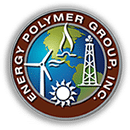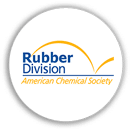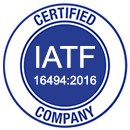Hot Runner vs Cold Runner Molding Systems
What is the difference between hot runner vs cold runner systems? With the increasing cost of steel and raw materials, supply chain professionals are often looking for options to reduce part prices, cycle times, and material waste. Cold runner systems may be a cost saving solution compared to hot runner systems for the right application. […]







